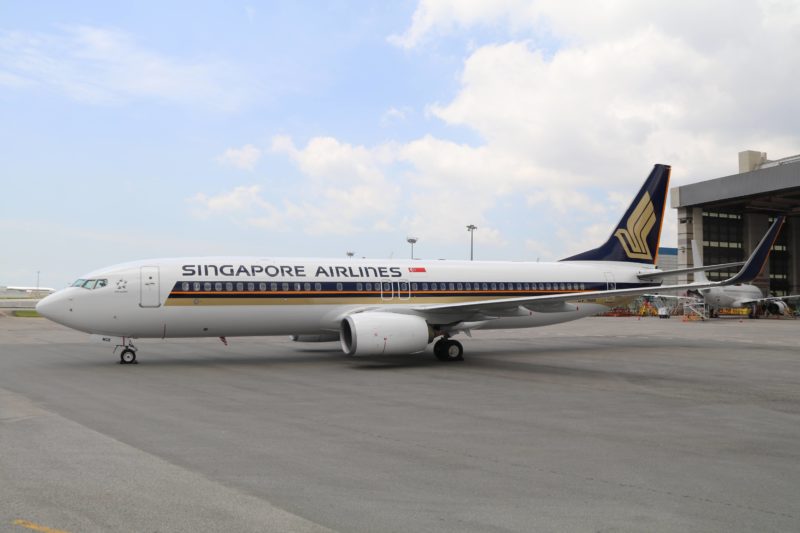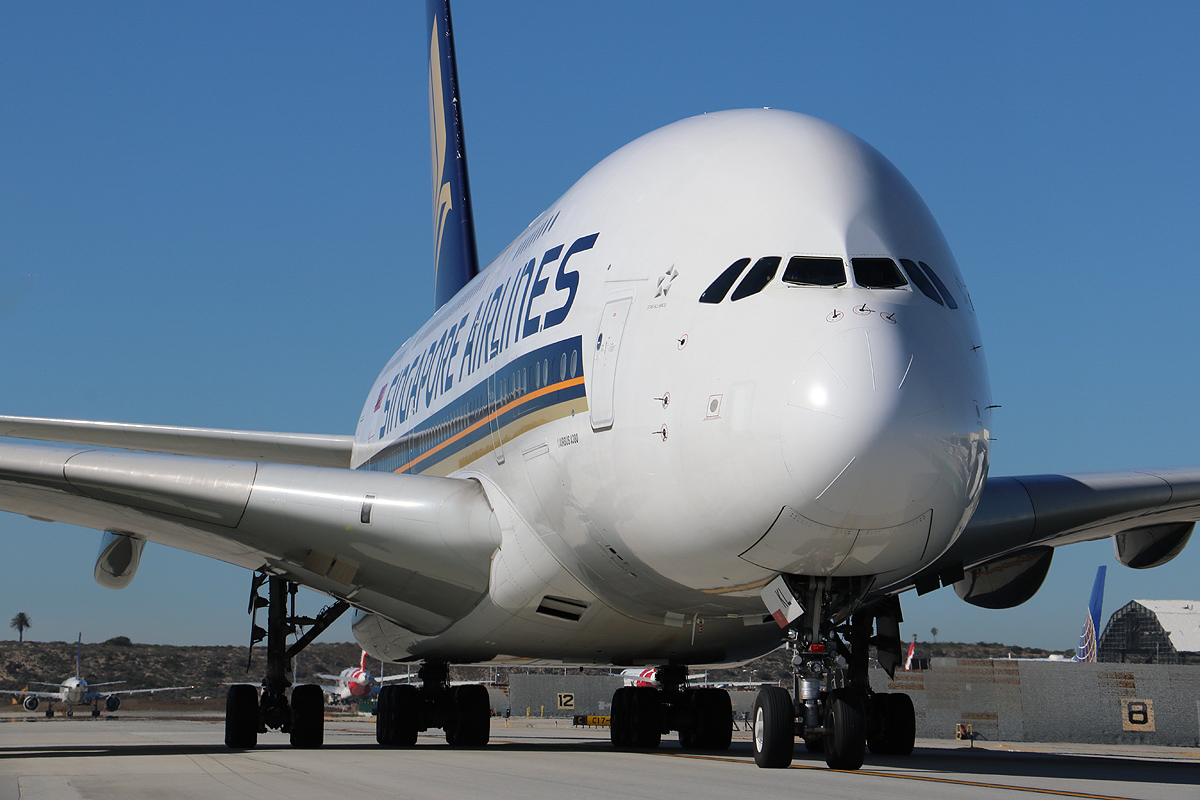The Singapore Airlines (SIA) Group’s passenger traffic ,measured in revenue passenger-kilometres, shrank 97.9% in the financial year ended 31st March 2021, compared to the year before.
Group revenue fell by $12,160 million (-76.1%) year-on-year to $3,816 million, due to the plunge in passenger flown revenue across Singapore Airlines, SilkAir and Scoot – the three passenger airlines within the Group.
This was partially offset by higher cargo flown revenue, which rose by $758 million (+38.8%) year-on-year to $2,709 million. Improvements in freighter utilisation, deployment of passenger aircraft for cargo-only flights and removing seats from passenger cabins, to create additional volume for cargo, partially mitigated the loss of passenger aircraft bellyhold capacity during the pandemic. Strong air cargo demand, especially in key segments such as e-commerce, pharmaceuticals and electronics, provided strong support for both cargo load factors and yields amid tight industry cargo capacity.
The Group swung into an operating loss of $2,513 million in FY2020/21, a reversal of $2,572 million from the $59 million operating profit recorded last year.
Aircraft Impairment Charges
For the financial year ended 31st March 2021, the Group reported a net loss of $4,271 million; this is a deterioration of $4,059 million against last year. This was driven by both the weaker operating performance and non-cash impairment charges, partially offset by a $623 million increase in tax credit due to the higher net loss recorded by the Group. The impairment charges include:
- Impairment charge of $1,448 million recorded in the first half on 33 aircraft deemed surplus to fleet requirements. Another $286 million impairment charge on surplus aircraft was recorded in the second half, following a further review of the network requirements and market values of the fleet. This pertained mainly to four additional 777-300ERs and eight 737-800NGs deemed surplus to fleet requirements, as well as a further write-down on four of the A320s impaired in the first half due to a reduction in their market values. This brings the total impairment charge on 45 surplus aircraft for the year to $1,734 million.
- Impairment of goodwill of $170 million; this was recorded when SIA first gained control of Tiger Airways in October 2014, after a review of the impact of Covid-19 on business conditions in the first half of FY2020/21.
- SIA Engineering Company’s impairment of base maintenance assets ($35 million) recorded in the first half due to a significant decline in hangar revenue projections. The total impairment recorded by SIA Engineering Company for the financial year ended 31st March 2021 was $48 million.
SIA Group Fleet and Network
The Group operating fleet currently consists of 162 passenger aircraft and seven freighters. This excludes 414 aircraft which are deemed surplus to the Group’s requirements, six Boeing 737 MAX 8s that have been temporarily withdrawn from service and two aircraft ,one Airbus A330 and one Airbus A320, that left the operating fleet in preparation for lease returns.
During the fourth quarter, the Group continued to expand its network in a calibrated manner by resuming services to some destinations and adding frequencies to some existing points. The transfer of narrow-body services from SilkAir to SIA began on 4th March, starting from Phuket. At 31st March 2021, SIA served 47 destinations including Singapore; this is up from 38 at the end of December 2020. SilkAir served five destinations, down from eight, while Scoot’s network increased by one to 18 destinations. By the end of the financial year, the Group’s passenger network covered 60 destinations including Singapore; compared to 54 three months earlier. The Group’s cargo network comprised 72 destinations including Singapore, up from 66 as at 31 December 2020.

Based on the current published schedules, the Group expects the passenger capacity to be around 28% of pre-Covid levels by June 2021. By July 2021, the Group capacity is expected to reach around 32% of pre-Covid levels and expect to serve around 49% of the points that were flown before the crisis.




